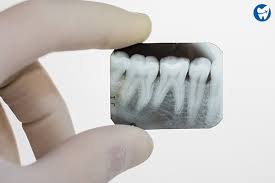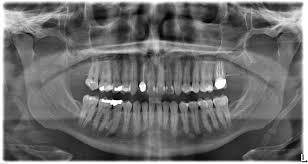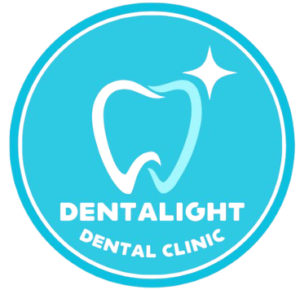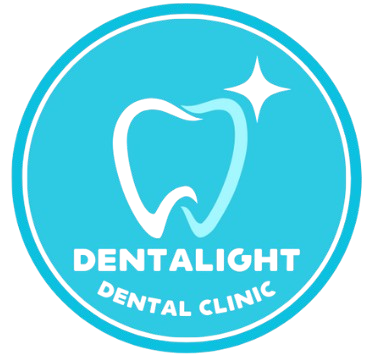our services
Need help ?
Schedule your initial consultation today and start your journey towards a pain-free, healthier smile. Contact us now!


What Are Dental X-rays?
Dental X-rays are safe, quick images that allow your dentist to see inside your teeth, gums, and jawbone. They help detect problems that can’t be seen during a regular visual exam.
Why Are X-rays Important?
They help diagnose:
- Tooth decay (especially between teeth)
- Infections or abscesses
- Bone loss from gum disease
- Impacted teeth (like wisdom teeth)
- Cysts or tumours
- Tooth development in children
Types of Dental X-rays
- Bitewing X-rays
- Show upper and lower back teeth in detail
- Great for detecting cavities between teeth
- Periapical X-rays
- Show the entire tooth, from crown to root
- Useful for checking roots and surrounding bone
- Panoramic X-rays
- Show a full view of the mouth in one image
- Useful for wisdom teeth, jaw issues, or planning treatment
- Lateral Cephalometry X-Ray
- taken of the side of the face with very precise positioning so that various measurements can be made
- Usually Taken for Orthodontic Braces patients prior to starting your braces treatment
Are They Safe?
Yes! Dental X-rays use very low radiation and are considered safe for both adults and children. Lead aprons and digital technology make them even safer.
How Often Do You Need X-rays?
- Once a year for most people
- More often if you have dental issues or treatment plans
- Less often if you have healthy teeth and gums
Benefits?
- Early detection = easier, less costly treatment
- Helps your dentist create a personalized care plan
- Monitors changes over time
- Experienced Team
- Comprehensive Services
- State-Of-The-Art Technology
- Emergency Dental Services
Frequently Asked Questions
Yes. Dental X-rays help detect issues that aren’t visible during a regular check-up—like cavities between teeth, bone loss, or infections. Early detection can save you from pain, time, and costly treatments.
The amount of radiation in dental X-rays is extremely low and considered very safe. Digital X-rays use even less radiation, and protective gear like lead aprons adds an extra layer of safety.
Absolutely. In fact, X-rays are important for monitoring the growth and development of children's teeth, spotting early issues like overcrowding or decay.
Your dentist will choose the type based on your symptoms or treatment plan. For example, bitewing X-rays are common for checkups, while panoramic X-rays are used for jaw or wisdom teeth evaluation.
No special preparation is required. Just brushing your teeth beforehand helps produce a clearer image, but otherwise, you're good to go.


